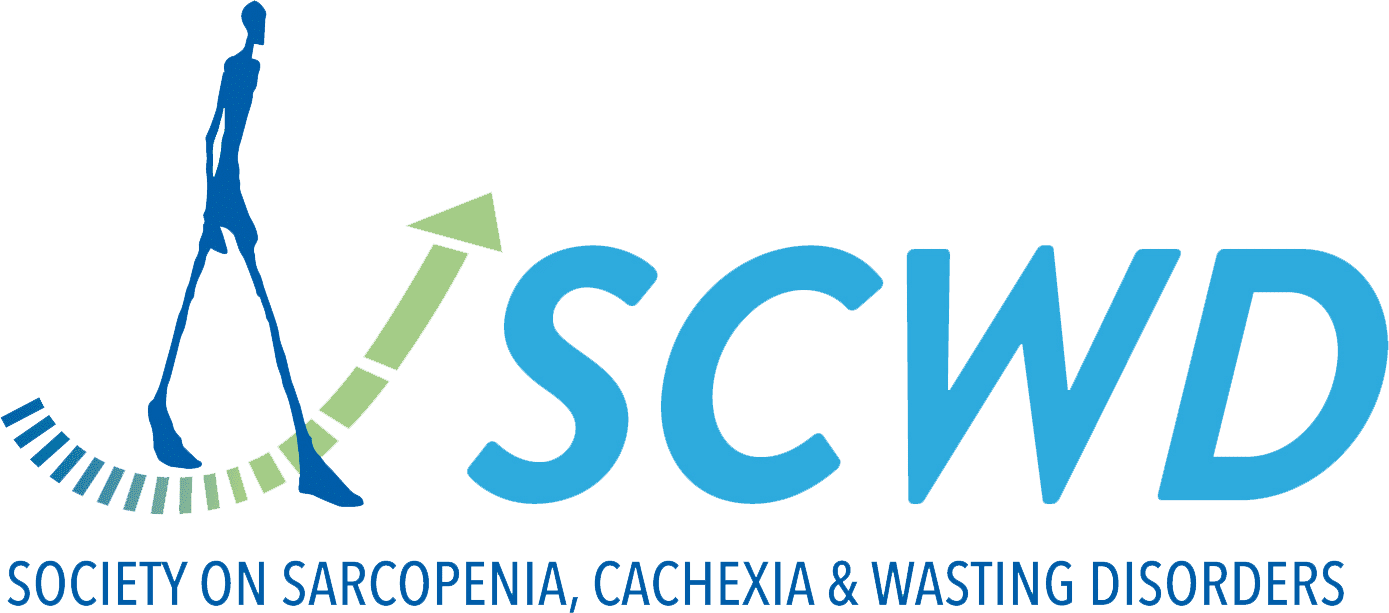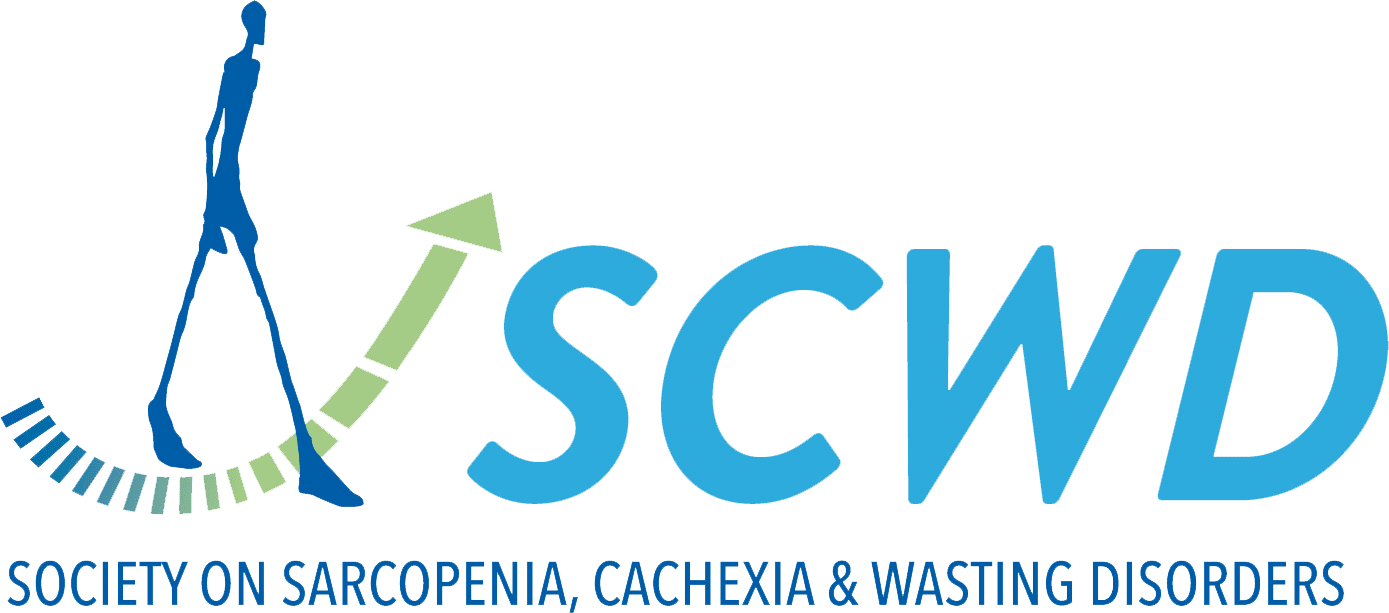Interplay Between mTORC1 Signaling and Iron Homeostasis in Muscle Atrophy.
The mechanistic target of rapamycin complex 1 (mTORC1) plays an important role in maintaining skeletal muscle homeostasis by regulating cell growth, protein degradation, and nutrient sensing. Beyond its role in muscle growth and atrophy, recent findings suggest that mTORC1 also regulates cellular iron metabolism.
Although iron is essential for energy production and mitochondrial function in skeletal muscle, both iron deficiency and overload contribute to muscle degeneration through dysfunctional mitochondria, oxidative stress, and activation of catabolic pathways. In this review, while focusing on the role of mTORC1 in iron-dependent muscle disorders such as cancer cachexia, sarcopenia, and Duchenne muscle dystrophy, we explore how altered mTORC1 activity affects major protein degradation systems, including the ubiquitin-proteasome system, autophagy, and mitophagy, under iron imbalance in skeletal muscle.
We also highlight the emerging evidence linking mTORC1 signaling to iron metabolism in skeletal muscle, with a focus on the regulation of iron transport, ferritinophagy, and the autophagosome-lysosome system. The crosstalk between mTORC1 and iron metabolism in muscle atrophy provides novel insights into the molecular mechanisms underlying muscle disorders.
Collectively, these perspectives suggest new therapeutic strategies for treating muscle diseases associated with disrupted iron homeostasis and impaired mTORC1 signaling.


